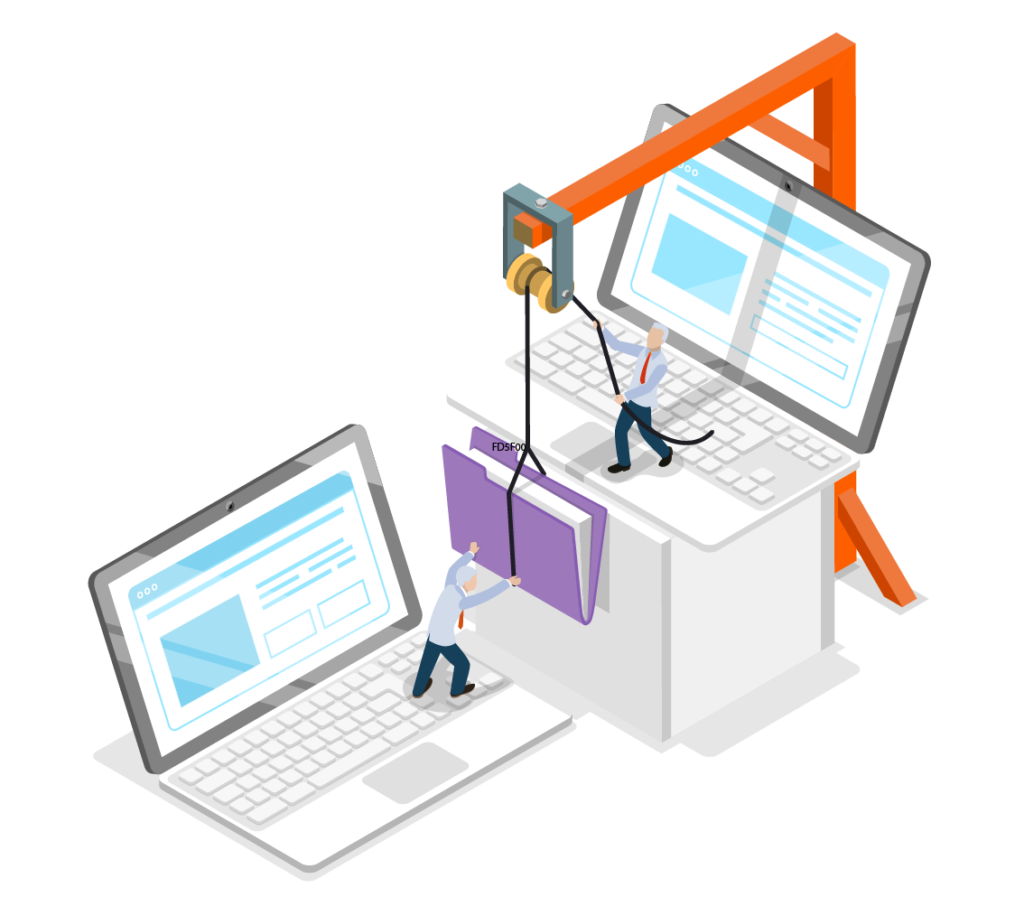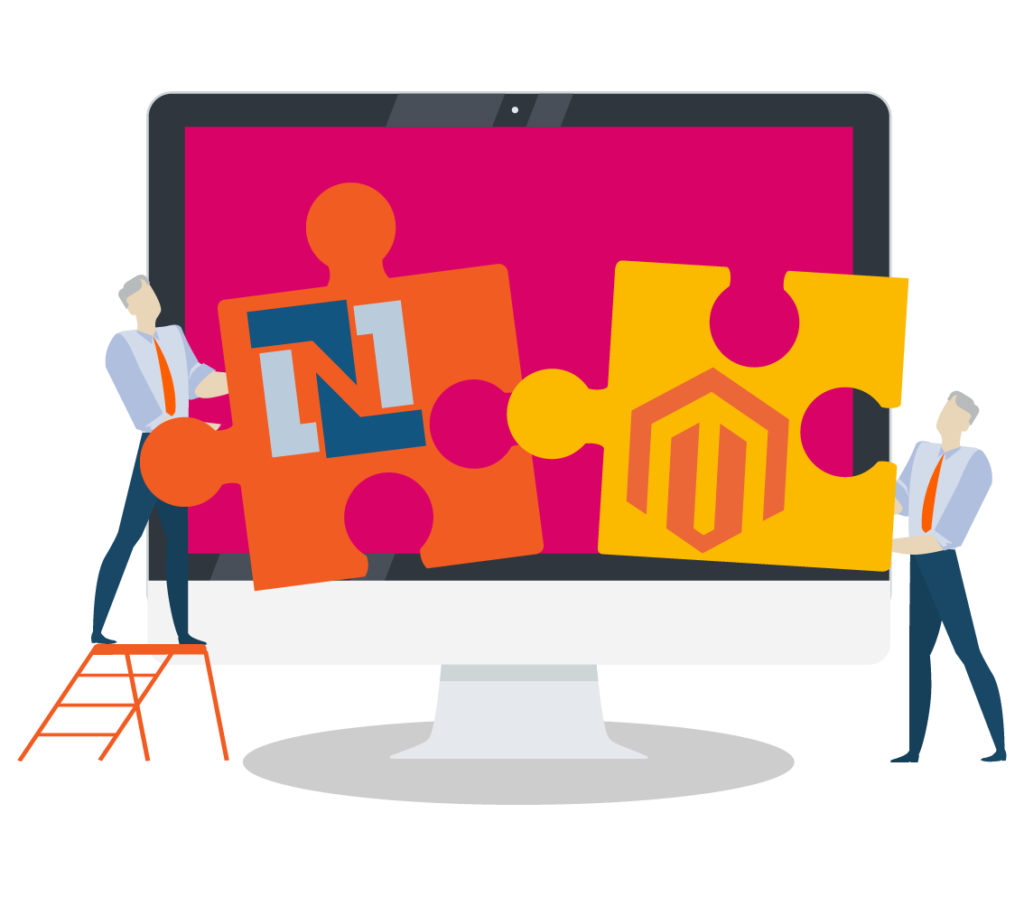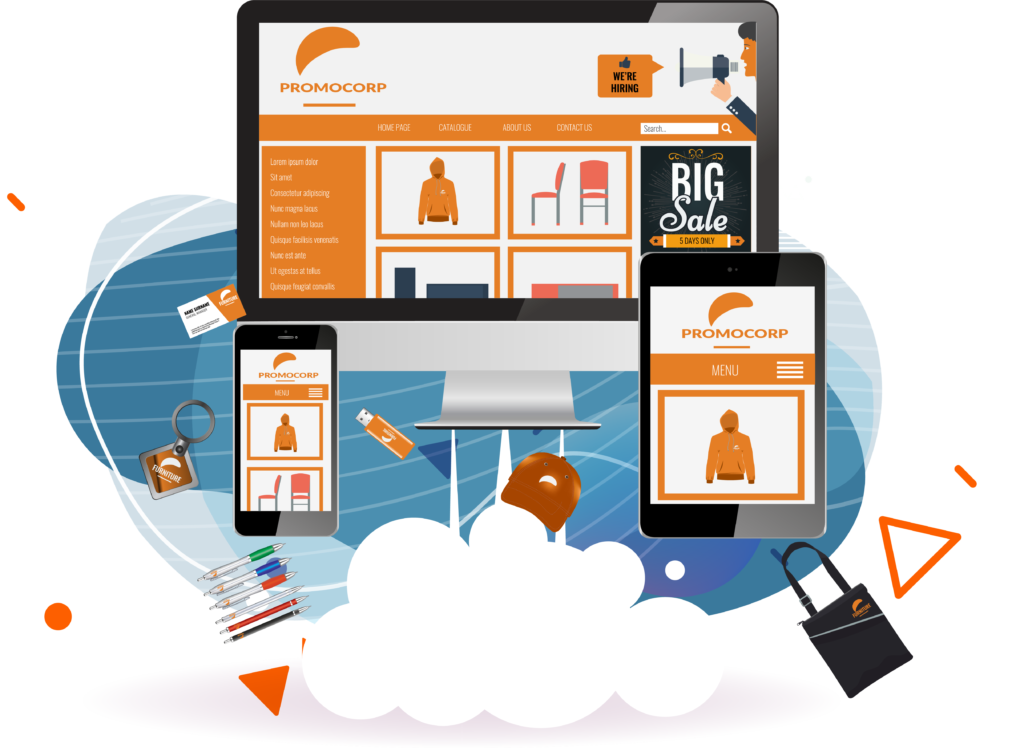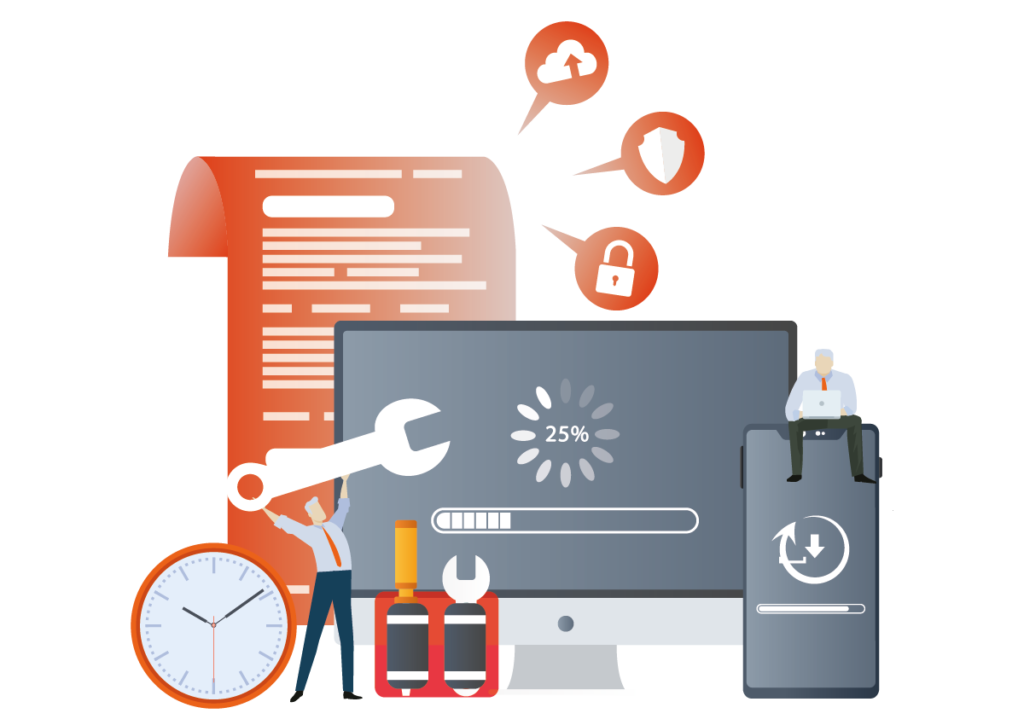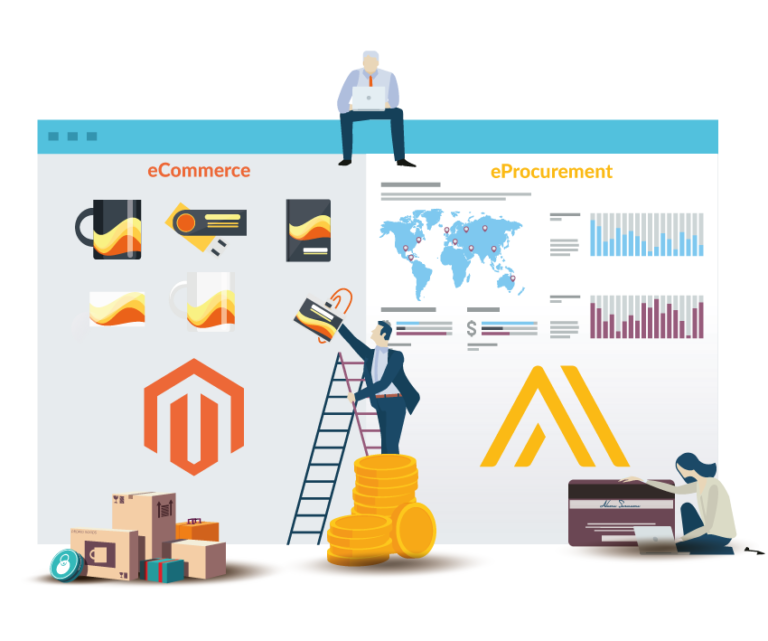This article is for you if your customer has asked you to “set up a PunchOut” or connect to their e-Procurement system, and you’ve learned a little but want to know more. If you’re brand new to all this, start with our explanation here: https://getjohn.co.uk/solutions/punchout-catalog/
We interviewed John O’Rourke to find out more about PunchOut catalogs and what the idea can do for your business. John has been working with e-Procurement systems since 2007, connecting dozens of buyers and suppliers.
“Yes, and the type you use is often dictated by the buyer’s company. The ideal type is where the buyer actually lands on your eCommerce website so that you control all the product data and stock levels. This is referred to as a “Level 2 PunchOut” or usually just a “PunchOut Catalog”. Some buyers use slightly older technology and they ask for a “CIF file” or “CIF catalog”, which is like a spreadsheet that gets loaded into their system containing all your product data so that the buyers literally choose from within their own system. That doesn’t require you to have your own website, but it can make it more difficult to keep the information up to date, and of course, you have no control over the buying experience.”
And British friends, please accept my apologies for the American spelling of “catalogue” – most of the software used for PunchOuts is American, so most of the information people see, and google searches, use that spelling.
“Yes and no. Even before the pandemic, we were seeing more requests because the major suppliers of eProcurement software, like SAP Ariba and Coupa, have driven down their prices and are now more appealing to smaller customers. In turn, those smaller customers are able to ask their suppliers to integrate, but in the past, those SME-sized suppliers haven’t had the IT skills to create the PunchOut connections. We believe that the pandemic put pressure on staffing levels and costs, which pushed companies to try and automate more and reduce the manual order processing work, so it has certainly increased awareness of these technologies.”
John: “I don’t like that question! It sounds like we’re trying to scare people into buying software services, and that’s disrespectful because it’s making assumptions about their business. Let’s ask what advantages a supplier could have if it automated ordering with a PunchOut connection. “The obvious one is no more re-keying of orders, copying things from emails, but the less obvious one is that it helps win large contracts – for example when we helped a client link with a large car manufacturer, who use Coupa procurement software, getting that contract depended on the supplier being able to provide a PunchOut connection. It makes larger contracts more accessible to smaller suppliers, and as it’s still not widely adopted in Europe, it can be a competitive advantage. In the USA less so, because the size of the country means larger contracts and more dependence on technology, so they’re perhaps 5-10 years ahead in PunchOut adoption.”
“By trying to understand both sides and bridge the gap. That sounds a bit like fluffy marketing speak so let’s use an example. A few years back, a major drinks manufacturer approached our client to ask for a new PunchOut setup. They were changing their e-Procurement system used by bars and restaurants all over the country to order branded patio umbrellas, bar towels and so on. The one thing we can say about every PunchOut is that it’s highly dependent on the people involved. In this case, the IT staff at the drinks manufacturer were on a tight deadline, their marketing staff were having to learn a brand new system, and our client needed to be able to trust that orders would keep arriving and be correct.
So you can see everyone’s got different needs, different pressures, so we try to develop the software in a way that respects everyone’s needs. In this case, we worked directly with the software developers of the new system and quickly built a draft version – helping with their time pressure; that allowed staff on both sides to get an early preview of how it would work, and for our client we tested quite a few different types of order, picking out issues with things like country codes and telephone numbers and working with the other developers to solve those.
We like to lead the process – first setting up a meeting or call with everyone involved and laying out the process, then working directly with the technical staff on all sides, being patient but persistent with any issues. A good example of this was a large supplier of compressed gases, who had a strange problem – half of their staff couldn’t use the new PunchOut connection. It turned out to be related to some security settings on their machines, but we only discovered that after patiently and persistently working with their IT staff, observing the process over a screen share with their IT staff who were based in India.”

John: “So we’re going to talk about maintenance as in technical issues and helping staff, rather than the day to day stock management and order processing. Punch Out connections are generally quite reliable – I think the longest-running one we’ve had has been going for about five years with almost no change.
The things that go wrong tend to be about the data – for example, we had a large pharmaceutical company whose staff in Switzerland were using the French name of a region, and the e-Commerce software was using the German names for the regions, so they didn’t match up. In another case, orders were flowing nicely until the first order over £1000 arrived, when it turned out the e-Procurement system was adding commas – “£1,000” – which the PunchOut system wasn’t expecting.
Political changes like Brexit have also created maintenance work – we had one instance where a package going from England to Europe was destroyed because the courier couldn’t contact the recipient, because the purchase order had no telephone number. Our task there was to ensure the PunchOut process collected a phone number, and that phone number had to be transferred to the final order.”
John: “This is really important because it’s about getting value for money. If I’d invested in an e-Commerce system, I’d want to use that same system for all my clients, and for bigger companies I’d want to personalise that – their logo, their branding, their products, and so on. Most e-Commerce systems can be customised to allow the branding and customisation for each client. The more powerful systems, like Magento, allow a lot of per-client customisation – currencies, shipping methods, payment methods and the entire look of the store.”
John: “Absolutely. We’ve worked with this in a few ways – having separate websites for Europe, America and Asia, and having a single website with multiple currencies, languages, tax and shipping options. The large buyer organisations often have internal divisions, for example allowing the PunchOut to be used only in certain countries, or having certain products shipped from a different warehouse. All of these things can be handled by the software, but it’s down to the humans involved to decide on how they want to be served by all that technology.”







